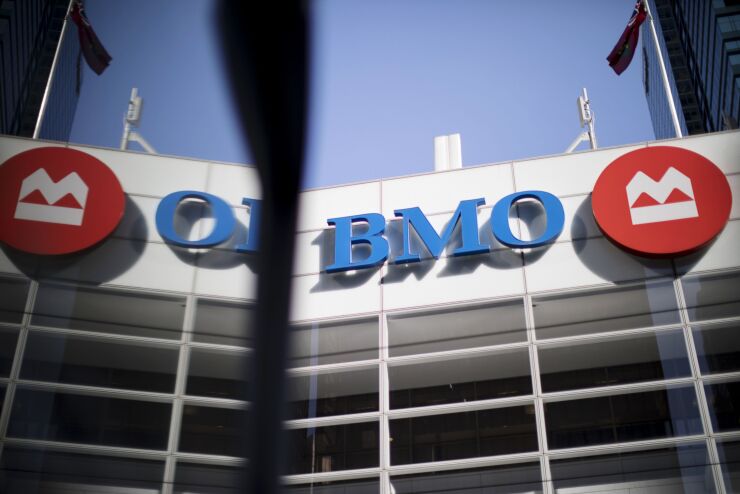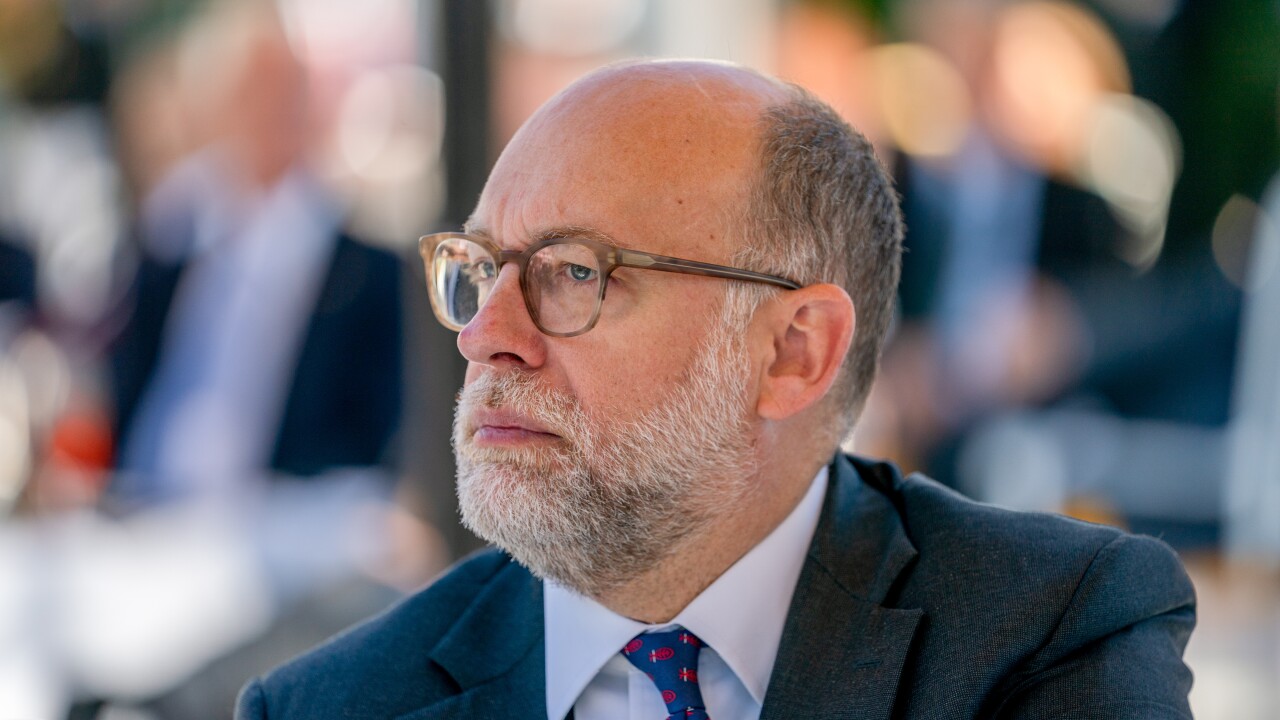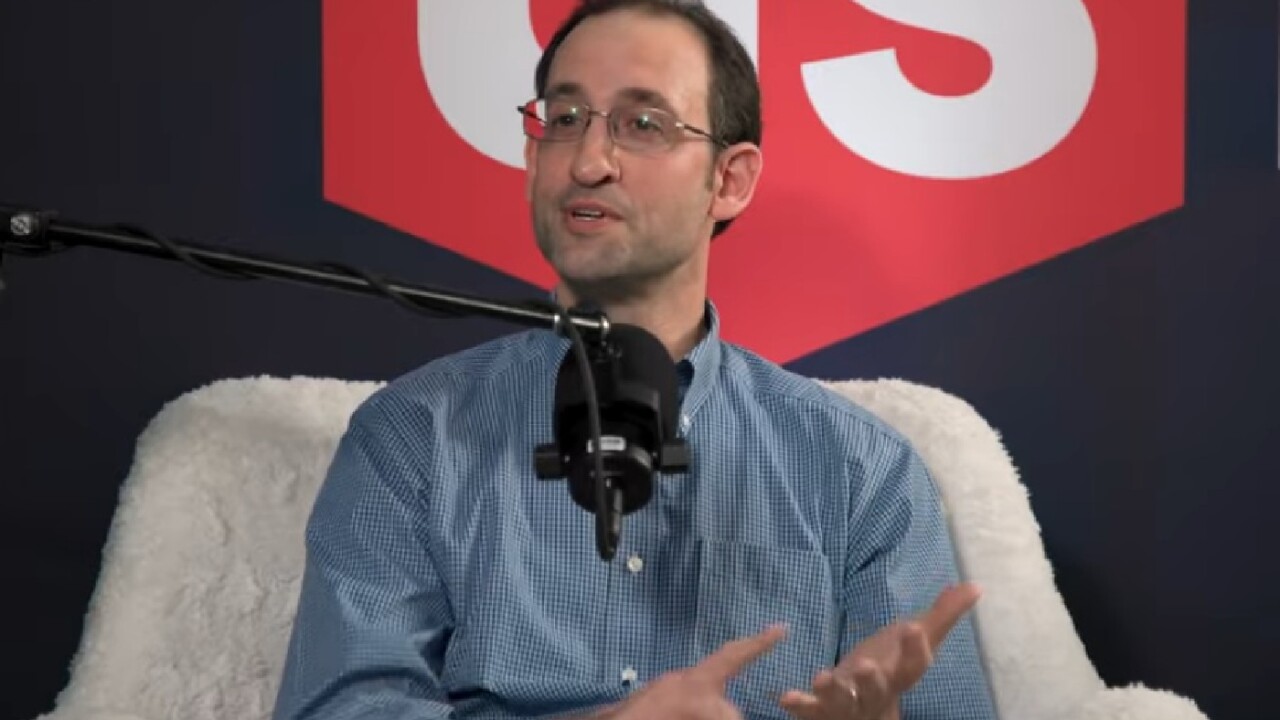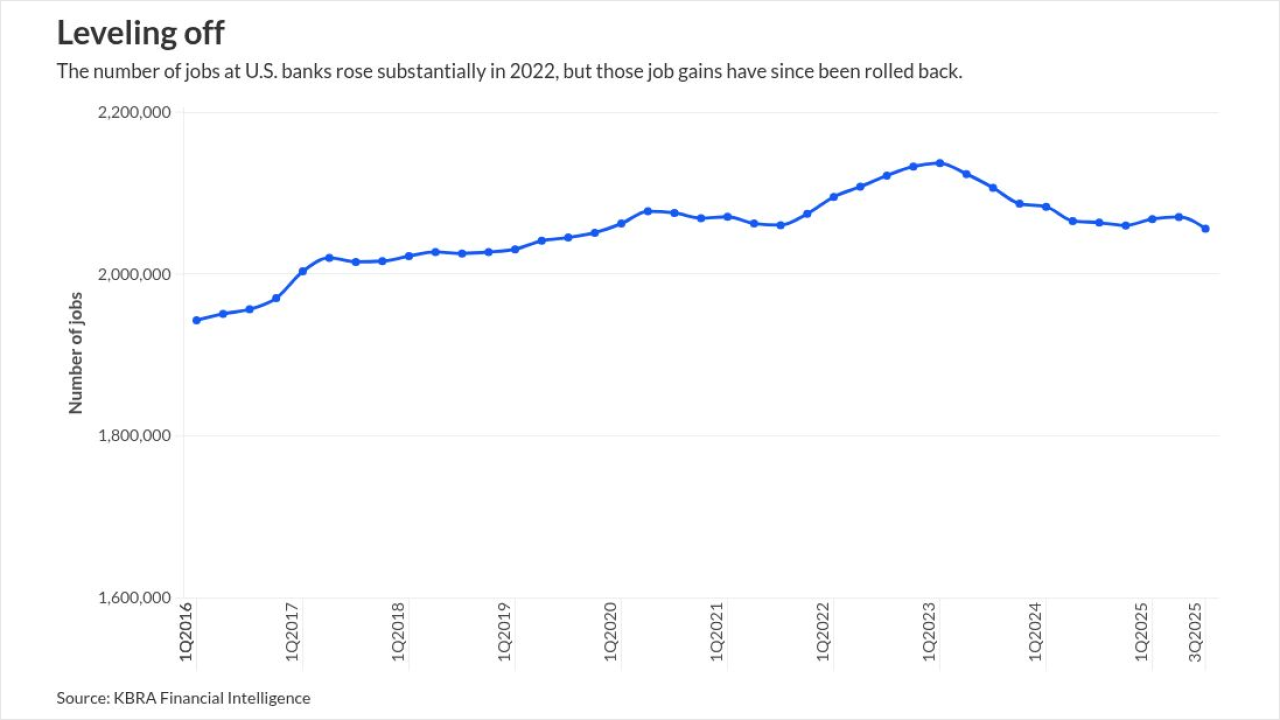
BMO Financial Group, which is looking to boost the profitability of its U.S. business, aims to achieve a key financial target by investing in talent, technology and its U.S. branch footprint.
The Toronto company's newly appointed U.S. president shared a loose outline Tuesday of how BMO intends to bridge the gap between its current stateside return on equity of 8% and the 12% target it expects to achieve within the next three to five years.
Aron Levine, who
"You have to invest in the business, and you've got to really drive out the opportunity to leverage what we're great at [and] the scale we have, the North American capabilities, our really strong treasury and capital markets platforms," Levine said during a call to discuss the bank's third-quarter results.
All of those factors are "what makes me feel very optimistic for our ability to show growth here," he added.
BMO, the third-largest Canadian bank by assets, combined its U.S. personal and business banking and commercial banking segments with its U.S. wealth management unit this summer. The United States is a substantial market for BMO, which has operations across the Midwest and in California. The company generates about 40% of its earnings south of the border.
The business reorganization took place alongside the hiring of Levine, the former president of preferred and consumer banking at Bank of America, and other leadership changes. The reshuffling was driven partly by the
BMO did not share details about its plans for its 1,000-branch network in the U.S., including how many new branches it expects to open or which existing locations may undergo renovations.
The focus on boosting return on equity is a response to struggles that BMO has experienced since its 2023 acquisition of San Francisco-based Bank of the West. The Canadian bank didn't capture the expected revenue synergies from the deal in the timeframe it anticipated. Muted loan demand in the U.S., stemming from lackluster business activity, has also been a factor in the disappointing performance.
As part of its revised strategy, BMO
BMO's ambitions for a 12% return on equity in the U.S. are part of a broader goal of achieving a company-wide return on equity of at least 15% in the next three to five years. Return on equity is a key financial performance ratio that measures how efficiently a firm is generating profits.
Read more about BMO here:
During the third quarter, BMO's company-wide return on equity was 11.6%, up from 10% in the year-ago quarter. Year to date, BMO's return on equity is 10.5%. For all of 2024, it was 9.7%.
For the three months that ended in July, BMO's U.S. net income was $516 million, up 50% from the same quarter last year. The results included a 3% increase in revenue due to higher net interest income and fee revenue, lower expenses and a smaller provision for credit losses, the bank said.
Net interest income of $1.5 billion was up 2% from the year-ago period, while fee income totaling $317 million jumped 12% year over year. Meanwhile, expenses totaled $1.06 billion, down 2% year over year.
John Aiken, an analyst at Jefferies Research, said in a research note that BMO's loans and deposits that continue "to trend down," its margins are flat and "the only segments to beat consensus were the U.S. retail bank and its corporate segment."
Average loans in the U.S. segment were down about 2%, as were average deposits.
"That said, the bank did an excellent job of containing costs and it performed very well on its operating leverage," Aiken wrote. "Further, it is making progress toward its ROE targets and aggressive utilization of its announced upsized share repurchase plan should help in that regard."
On Tuesday, BMO announced that it is increasing the size of its share repurchase program. Pending regulatory approval, the company will be able to buy back an additional 30 million shares. Between May and July, it repurchased six million common shares.
Across the entire company, quarterly net income was $2.3 billion Canadian dollars, up 25% year over year from CA$1.9 billion in the year-ago period. Earnings per share came in at CA$3.14 per share, topping analysts' expectations of CA$2.85 per share, according to S&P Capital IQ.
Firmwide, provisions for credit losses totaled CA$797 million for the quarter, down from CA$906 million in the year-ago quarter. Of the CA$797 million, CA$240 million was attributable to BMO's U.S. business, marking an improvement from the CA$368 million for the segment in the prior-year period.
In response to an analyst's question, Chief Risk Officer Piyush Agrawal said that BMO's impaired loans in the U.S. have peaked.
"There will be quarter-to-quarter variability," Agrawal said. "One or two files can move things because of the nature of our portfolio. But generally speaking, I would give you the confidence that we are past our high point of the peak in the U.S."





